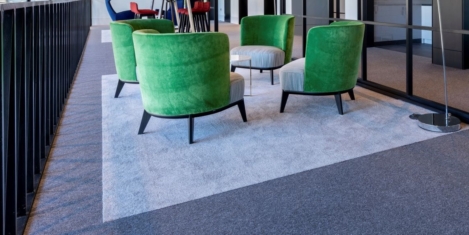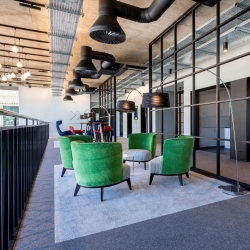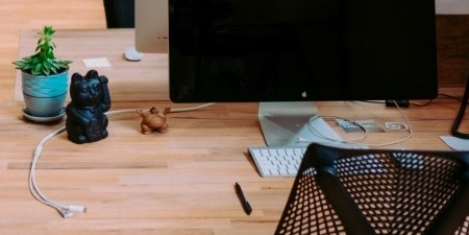December 10, 2020
Three quarters of US workers suffering from burnout
 A December 2020 online study of 1,136 employed U.S. adults carried out by wellbeing provider Spring Health claims that more than three-quarters (76 percent) of U.S. employees are currently experiencing worker burnout. The coronavirus pandemic — along with major political upheavals and natural disasters ranging from wildfires to hurricanes — has led to skyrocketing rates of depression, anxiety, and stress for U.S. employees, setting the stage for another crisis: worker burnout. Among U.S. employees experiencing worker burnout, 57 percent say worries about COVID-19 have been a contributing factor to their experiencing burnout, while 33 percent say worries about political issues have contributed to the problem. (more…)
A December 2020 online study of 1,136 employed U.S. adults carried out by wellbeing provider Spring Health claims that more than three-quarters (76 percent) of U.S. employees are currently experiencing worker burnout. The coronavirus pandemic — along with major political upheavals and natural disasters ranging from wildfires to hurricanes — has led to skyrocketing rates of depression, anxiety, and stress for U.S. employees, setting the stage for another crisis: worker burnout. Among U.S. employees experiencing worker burnout, 57 percent say worries about COVID-19 have been a contributing factor to their experiencing burnout, while 33 percent say worries about political issues have contributed to the problem. (more…)








 A new paper from the
A new paper from the 
 Workplace design and fit out company Area has become a founding member of
Workplace design and fit out company Area has become a founding member of 
 Climate change has accelerated the urgency to address the way people live and work. With the UK’s aim to become carbon neutral by 2050,
Climate change has accelerated the urgency to address the way people live and work. With the UK’s aim to become carbon neutral by 2050, 
 As many of us cope with yet another lockdown, optimism is easy to misplace but, for disabled workers, this could result in monumental change for future employment. On the month commencing the 25th anniversary of the Disability Discrimination Act and the run-up to International Day of Disabled Persons, could this be the final push for change? As we swing in and out of remote-working, whether you love it or loathe it, one thing is abundantly clear – it can be done. Something that the
As many of us cope with yet another lockdown, optimism is easy to misplace but, for disabled workers, this could result in monumental change for future employment. On the month commencing the 25th anniversary of the Disability Discrimination Act and the run-up to International Day of Disabled Persons, could this be the final push for change? As we swing in and out of remote-working, whether you love it or loathe it, one thing is abundantly clear – it can be done. Something that the 
 In the
In the 
 New analysis published by the
New analysis published by the 
 The pandemic has totally shattered workplace norms, so it’s going to take a while before we see organizations returning to work at full capacity. When it does happen, it will require extensive planning and constantly evolving styles of people management. In addition to the logistics of phasing people back into the office and staggering shifts, you’ll need to work with your team to address their anxieties and make sure they feel comfortable in their environment.
The pandemic has totally shattered workplace norms, so it’s going to take a while before we see organizations returning to work at full capacity. When it does happen, it will require extensive planning and constantly evolving styles of people management. In addition to the logistics of phasing people back into the office and staggering shifts, you’ll need to work with your team to address their anxieties and make sure they feel comfortable in their environment. 


 The pace of deterioration in UK job prospects is starting to slow this autumn due to very modest improvements in planned recruitment activity and a slight decrease in employers’ intentions to make redundancies. This is according to the latest quarterly
The pace of deterioration in UK job prospects is starting to slow this autumn due to very modest improvements in planned recruitment activity and a slight decrease in employers’ intentions to make redundancies. This is according to the latest quarterly 







November 20, 2020
HR professionals must seek a new connection with the IT team
by Joseph Morley • Comment, Technology